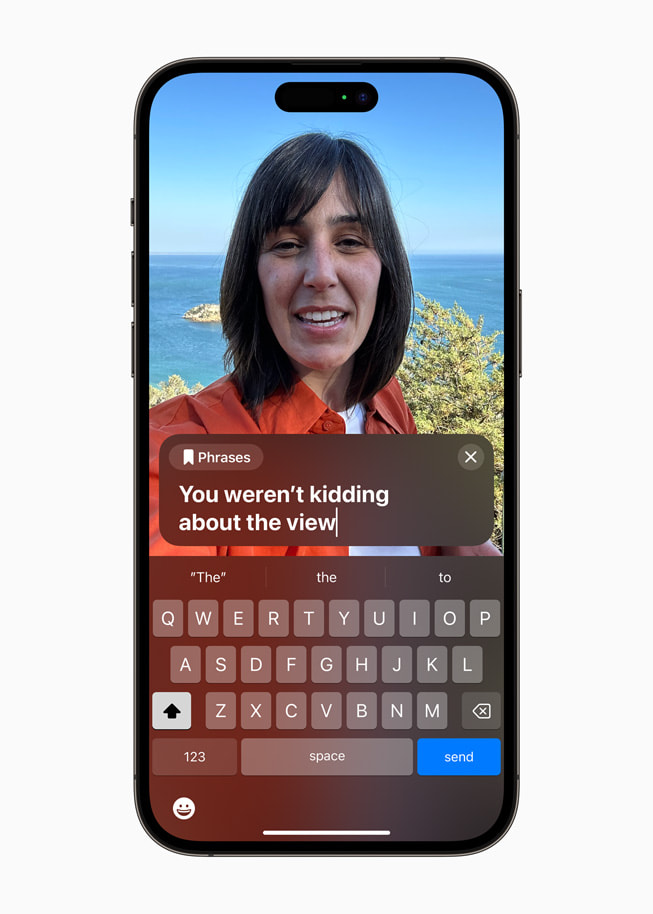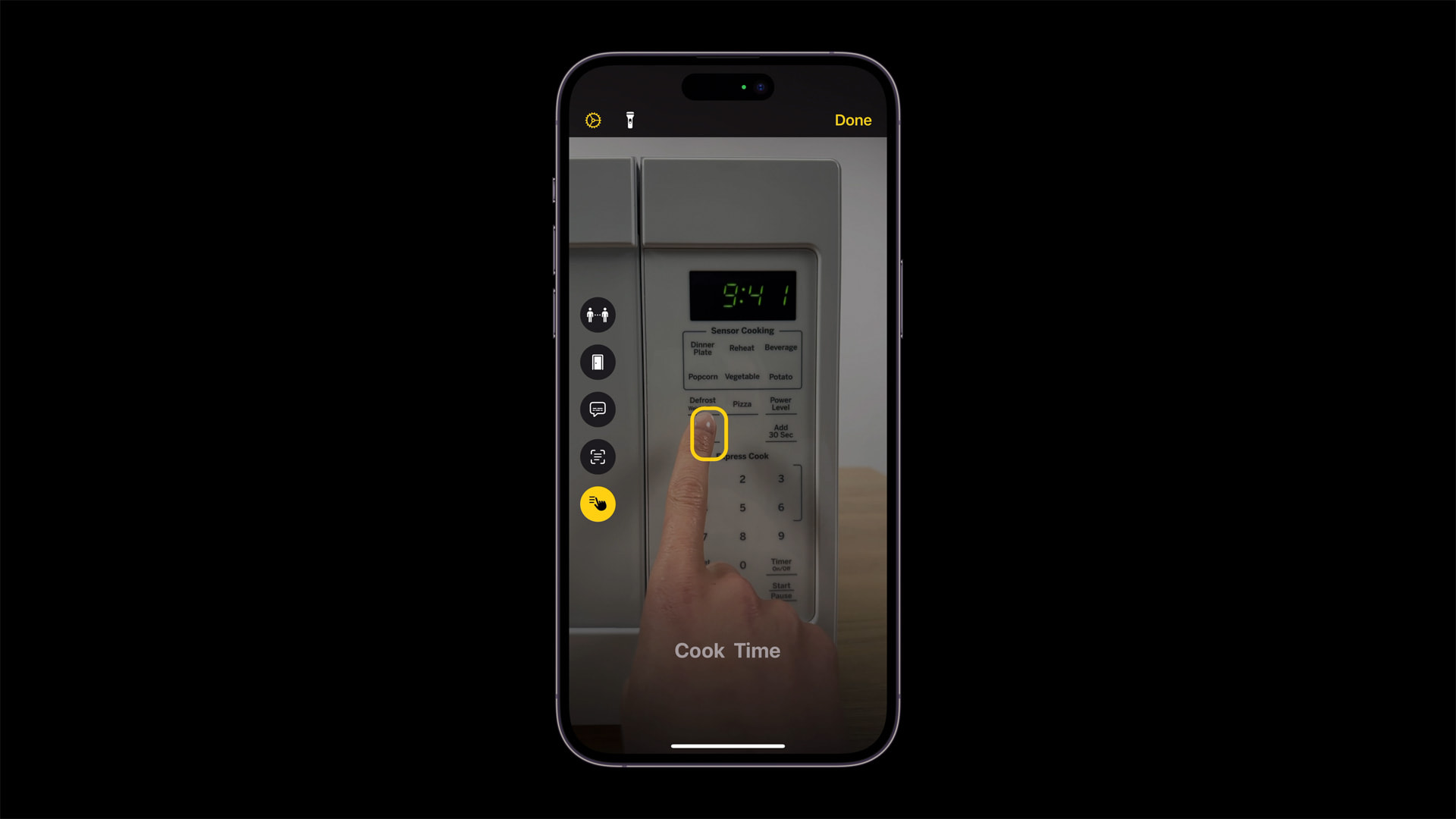Apple’s latest iOS feature lets you create a digital voice using AI
Apple's new accessibility features are set to make technology more inclusive for users with disabilities.
 More visual, grid-based layout for their Home Screen and apps with Assistive Access. (Image: Apple)
More visual, grid-based layout for their Home Screen and apps with Assistive Access. (Image: Apple) Ahead of the Global Accessibility Awareness Day on May 18, Apple has unveiled a set of new accessibility features that will make its devices more inclusive for users with disabilities. The new features cover cognitive, vision, hearing, and mobility accessibility, as well as innovative tools for individuals who are nonspeaking or at risk of losing their ability to speak.
The Cupertino-based company says that these accessibility updates draw on advances in hardware and software, include on-device machine learning to ensure user privacy, and expand on Apple’s long-standing commitment to making products for everyone. Let’s take a look at what these features are.
Apple’s new accessibility features are headlined by Assistive Access. “It distills apps and experiences to their essential features in order to lighten cognitive load,” says Apple. It also includes a customised experience for Phone and FaceTime, which have been combined into a single Calls app, as well as Messages, Camera, Photos, and Music. The feature offers a distinct interface with high-contrast buttons and large text labels, as well as tools to help trusted supporters tailor the experience for the individual they support. Users can also choose between a more visual, grid-based layout for their Home Screen and apps, or a row-based layout for users who prefer text.
 Live Speech on iPhone. (Image: Apple)
Live Speech on iPhone. (Image: Apple)
Live Speech is another significant new feature. With Live Speech on iPhone, iPad, and Mac, users can type what they want to say to have it spoken out loud during phone and FaceTime calls as well as in-person conversations. Users can also save commonly used phrases to chime in quickly during conversations with family, friends, and colleagues. Live Speech has been designed to support millions of people globally who are unable to speak or who have lost their speech over time. Users can also create a Personal Voice by reading along with a randomised set of text prompts to record 15 minutes of audio on iPhone or iPad.
 Apple Magnifier’s Point and Speak in action (Image: Apple)
Apple Magnifier’s Point and Speak in action (Image: Apple)
The Detection Mode in Magnifier has introduced Point and Speak for users who are blind or have Low Vision, allowing them to interact with physical objects that have multiple text labels. For example, while using a household appliance such as a microwave, Point and Speak combines input from the Camera app, the LiDAR Scanner, and on-device machine learning to announce the text on each button as users move their finger across the keypad. Point and Speak is built into the Magnifier app on iPhone and iPad and can be used with other Magnifier features such as People Detection, Door Detection, and Image Descriptions to help users navigate their physical environment.
Additional features
Mac allows deaf or hard-of-hearing users to connect their Made for iPhone hearing devices seamlessly and customise them for their hearing comfort.
Voice Control enhances text editing with phonetic suggestions, helping users who dictate their words to select the correct spelling among homophones, such as “do,” “due,” and “dew.” Moreover, Voice Control Guide teaches users how to use voice commands effectively as a substitute for touch and typing on iPhone, iPad, and Mac.
Switch Control empowers users with physical and motor disabilities to transform any switch into a virtual game controller and enjoy their favourite games on iPhone and iPad.
Text Size is now more accessible for users with low vision, as it can be easily modified across Mac apps like Finder, Messages, Mail, Calendar, and Notes.
Users who prefer less motion can automatically stop images with moving elements, such as GIFs, in Messages and Safari.
Siri voices are natural and expressive for VoiceOver users, even at high speeds of speech feedback. Users can also adjust the speed at which Siri talks to them, from 0.8x to 2x.
Apple says that these “new software features for cognitive, speech, and vision accessibility are coming later this year.” While not specified, it’s highly likely that they’ll debut with iOS 17, iPadOS 17, and macOS 14. The updates are slated to be previewed at the upcoming WWDC event in early June.







